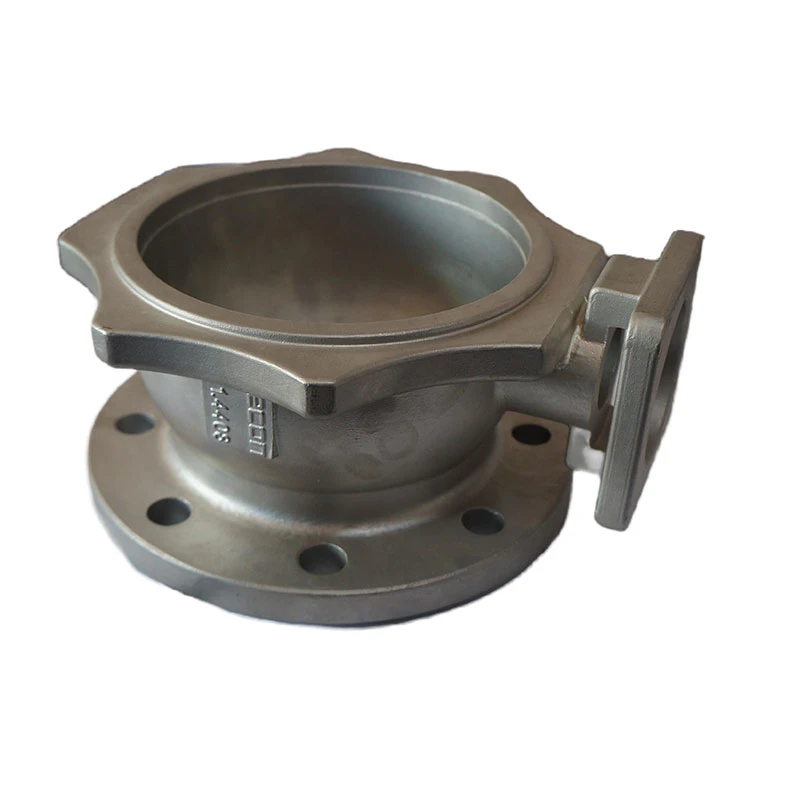metal stamping processes
The Metal Stamping Process A Comprehensive Overview
Metal stamping is a manufacturing process used to shape and cut metal sheets into desired forms and components. This versatile technique is widely employed in various industries, including automotive, electronics, appliances, and aerospace, due to its efficiency, precision, and scalability. Understanding the metal stamping process is essential for anyone involved in product design, engineering, or manufacturing.
1. The Basics of Metal Stamping
Metal stamping involves several steps that transform flat metal sheets into intricate shapes. The process typically starts with the selection of raw materials, which are available in various thicknesses and alloys, such as aluminum, brass, stainless steel, and carbon steel. The choice of metal depends on the desired properties of the final product.
Once the material is chosen, the design phase begins. Engineers create detailed blueprints and specifications using Computer-Aided Design (CAD) software. These designs encompass not only the appearance of the component but also the required tolerances and functionality.
2. Types of Metal Stamping Processes
There are several methods of metal stamping, which can be categorized into different types based on the application. The most common methods include
- Blanking This process involves cutting out a flat piece of metal from a larger sheet. The blank, or the cut-out piece, can then be used for further processing or as a standalone part.
- Punching Similar to blanking, punching removes specific shapes from the metal sheet. However, the punched-out section is typically discarded, while the remaining sheet holds the usable part.
- Forming This technique shapes the metal without cutting it. Forming methods include bending, embossing, and stamping, which are essential for creating parts with complex geometries.
- Deep Drawing In this method, a metal sheet is drawn into a die to create deeper and more complex shapes, such as cups and enclosures. This process is crucial for components used in automotive and household products.
metal stamping processes

Metal stamping relies heavily on the use of specialized tools and equipment. Stamping presses, which come in various configurations (mechanical, hydraulic, and servo-driven), are the primary machines used in this process. The choice of press depends on factors like production volume, complexity of the part, and material thickness.
Dies play a critical role in metal stamping. These intricate tools, designed to cut or shape metal sheets, are usually custom-built to match specific product requirements. The die is housed within the stamping press and can be extremely complex, featuring multiple cutting edges and forming surfaces.
4. Advantages of Metal Stamping
There are numerous benefits to using metal stamping in manufacturing processes. Some of the most notable advantages include
- High Efficiency Once the die is set up, metal stamping can produce large quantities of parts rapidly, significantly reducing lead times.
- Precision and Consistency Advanced technology ensures that components are manufactured with high precision and minimal deviation, which is critical for applications demanding tight tolerances.
- Cost-Effectiveness Although the initial tooling costs can be high, the low per-part production costs make metal stamping economically viable for large-scale production.
- Material Conservation Metal stamping is efficient in utilizing raw materials, minimizing waste, and allowing for better recycling of excess scrap.
5. Conclusion
The metal stamping process is a crucial element in modern manufacturing. Its ability to create complex shapes with high precision and efficiency makes it indispensable across numerous industries. As technology advances, the methods and applications of metal stamping will continue to evolve, providing even greater capabilities and efficiencies. Understanding the intricacies of this process is essential for engineers and manufacturers aiming to produce high-quality products that meet the demands of today's consumers. Whether in crafting automotive parts, electronics enclosures, or household appliances, metal stamping will remain a cornerstone of fabrication for years to come.
-
Top Extras Casting Solutions Die Casting and Sand Casting Experts High-Quality Casting and Die Casting ServicesNewsJun.10,2025
-
Top SS Casting Manufacturer Aluminum Die Casting Manufacturer China Precision Die Casting Company SupplierNewsJun.10,2025
-
High-Quality Brass Casting Sand for Precision Sand Casting Brass at HomeNewsJun.10,2025
-
Affordable Aluminum Sand Casting Solutions Custom PartsNewsJun.09,2025
-
High-Quality China Sand Casting Services Cost-Effective & ReliableNewsJun.09,2025
-
Premium Hot Stamping Parts Durable Plastic Decor SolutionsNewsJun.09,2025















